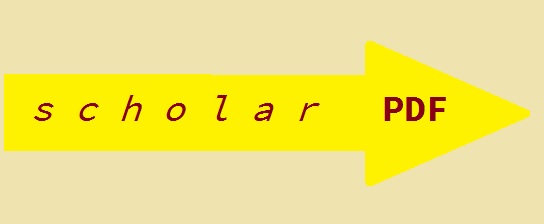Warning: Undefined variable $zfal in C:\Inetpub\vhosts\kidney.de\httpdocs\mlpefetch.php on line 525
Deprecated: str_replace(): Passing null to parameter #3 ($subject) of type array|string is deprecated in C:\Inetpub\vhosts\kidney.de\httpdocs\mlpefetch.php on line 525

Warning: Undefined variable $sterm in C:\Inetpub\vhosts\kidney.de\httpdocs\mlpefetch.php on line 530
Warning: Undefined variable $sterm in C:\Inetpub\vhosts\kidney.de\httpdocs\mlpefetch.php on line 531
Warning: file_get_contents(http://eutils.ncbi.nlm.nih.gov/entrez/eutils/elink.fcgi?dbfrom=pubmed&id=�&cmd=llinks): Failed to open stream: HTTP request failed! HTTP/1.1 429 Too Many Requests in C:\Inetpub\vhosts\kidney.de\httpdocs\mlpefetch.php on line 445


English Wikipedia
Nephropedia Template TP (
Twit Text


